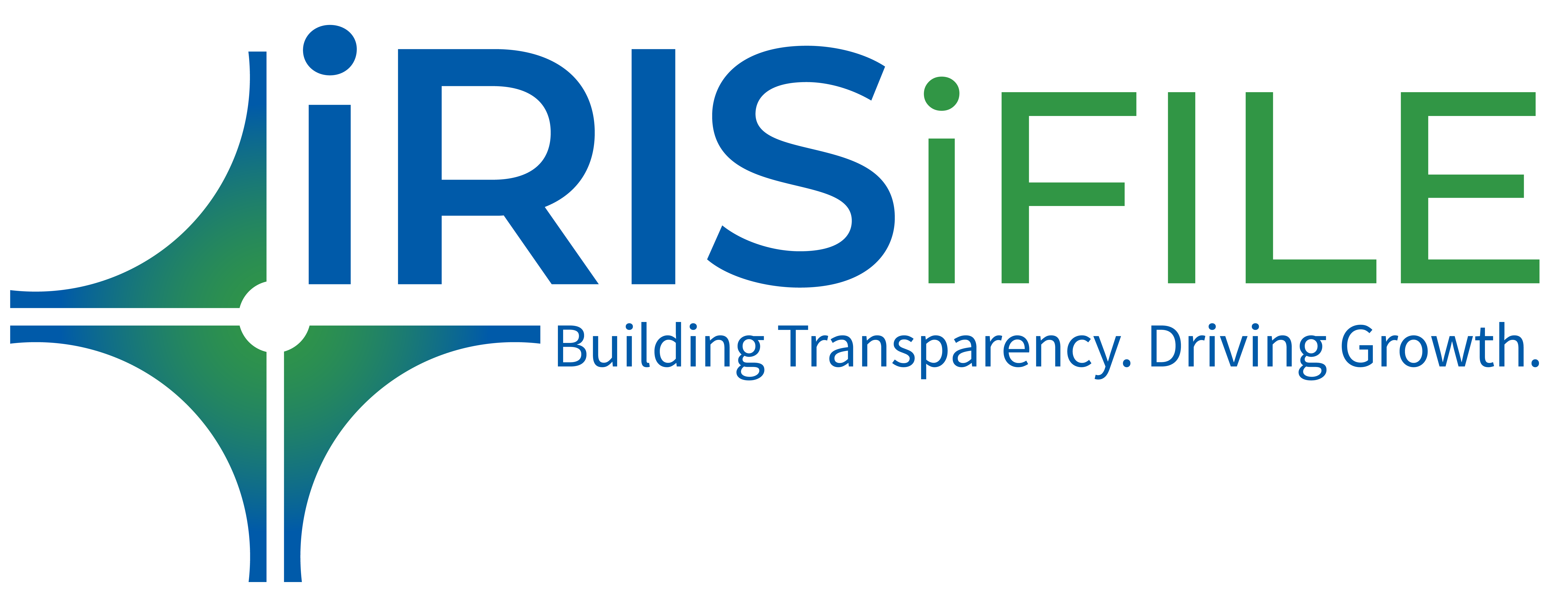General faq's
Knowledge Base
XBRL as a data standard is maintained by XBRL International XBRL, or eXtensible Business Reporting Language, is an XML standard for tagging business and financial reports to increase the transparency and accessibility of business information by using a uniform format.
XBRL enables preparers to utilize software to tag all financial items in their business reports to the elements within a taxonomy. This is accomplished with an Instance Document which can be electronically exchanged and validated between computers or viewed in a human readable format (this is called rendering).
XBRL offers major benefits at all stages of business reporting and analysis. The benefits are seen in automation, cost saving, faster, more reliable, and more accurate handling of data, improved analysis and in better quality of information and decision-making. All types of organizations can use XBRL to save costs and improve efficiency in handling business and financial information. Because XBRL is extensible and flexible, it can be adapted to a wide variety of different requirements. All participants in the financial information supply chain can benefit, whether they are preparers, transmitters, or users of business data.
XBRL enables producers and consumers of financial data to switch resources away from costly and error prone manual processes, typically involving time-consuming comparison, assembly, and re-entry of data. They can invest the time saved in concentrated mindful effort on analysis, aided by software which can validate and orchestrate XBRL information to yield superior insights.
Following are the benefits to Regulators on implementing XBRL based online submission platform:
- STANDARDIZATION
Simplification and standardization of reporting elements used in filing reported by different entities. This will help regulators receive clean data under defined items and prepare consistent and clean reports.
- EFFICIENCY
The standard data preparation templates will enable the filling authorities to enter data in defined template easily. The inbuilt validation checks will tremendously bring down the data quality checking time of regulators and the filling entities. This will ensure that regulators will receive clean and standardized data. The process being automated will enable regulators to receive the data, complete the review process and release the data for consumption by other stakeholders.
- EASIER PROCESS
With the ability to define the filing window, notification module will reduce the effort of filing reminders to be sent to the filing entities manually and the to and fro process of data submission and re-submission. The defined calendar will take care of filing submission and reminder alerts.
- VALIDATION
Inbuilt validation rules in the tool and business rules in the taxonomy will ensure the data compliance standards are met as per the reporting requirements defined by the regulator and the applicable accounting standards.
- DATA SHARING
With the harmonized data available electronically, the system can be used as supervisory platform to monitor and regulate all entities to be overseen by regulators. The data can also be shared across to different stakeholders.
- Business Intelligence
Using the standardized XBRL data collected from filing entities, regulators can analyze the data using a standard Business Intelligence (BI) tool. Regulator can generate automated reports for investigation, research, compliance, and other regulatory oversight requirements.
A taxonomy is a grouping of financial concepts (known as “elements”) in which each concept is defined (similar to a dictionary). Additionally, the taxonomy also defines the relationships between the concepts within the group. Therefore, if we are working with a balance sheet item such as Cash, the taxonomy would include the definition of Cash and would also demonstrate how Cash may relate to other balance sheet items (within the taxonomy) such as rolling up to Current Assets and eventually Total Assets. All three of these items (Cash, Current Assets, and Total Assets) are financial concepts that are defined and presented in the taxonomy as elements. Public taxonomies have been developed by market constituents and are maintained by XBRL.
XBRL is set to become the standard way of recording, storing and transmitting business financial information. It is capable of use throughout the world, whatever the language of the country concerned, for a wide variety of business purposes. It will deliver major cost savings and gains in efficiency, improving processes in companies, governments and other organizations.




